NSYSU protects Taijiang ecosystem: results of first research on Taijiang National Park marine environment announced
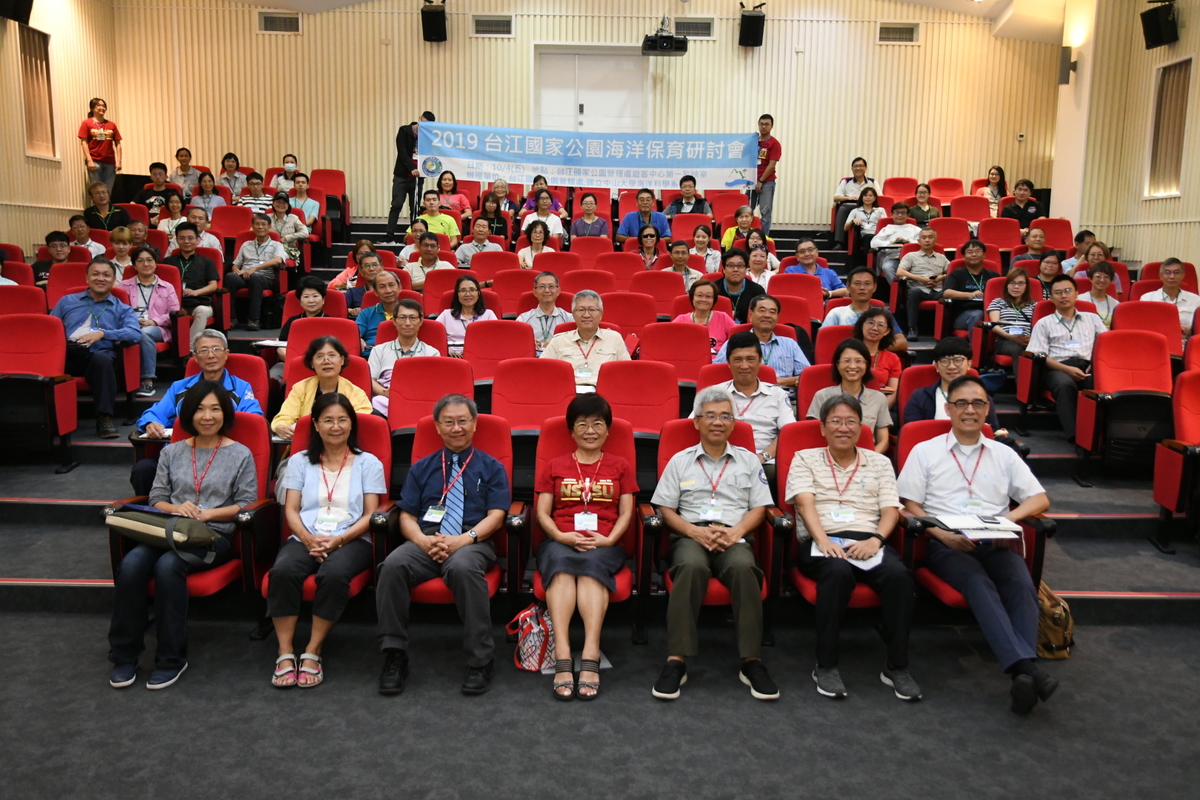
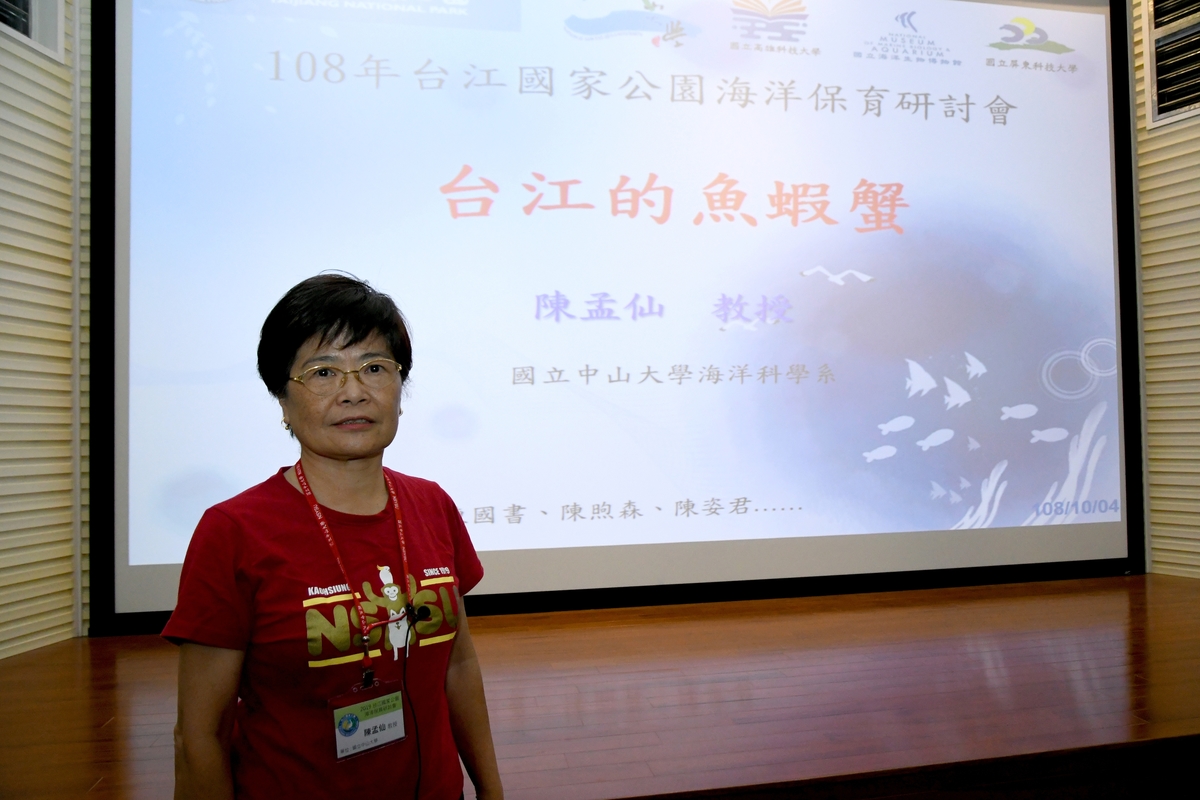

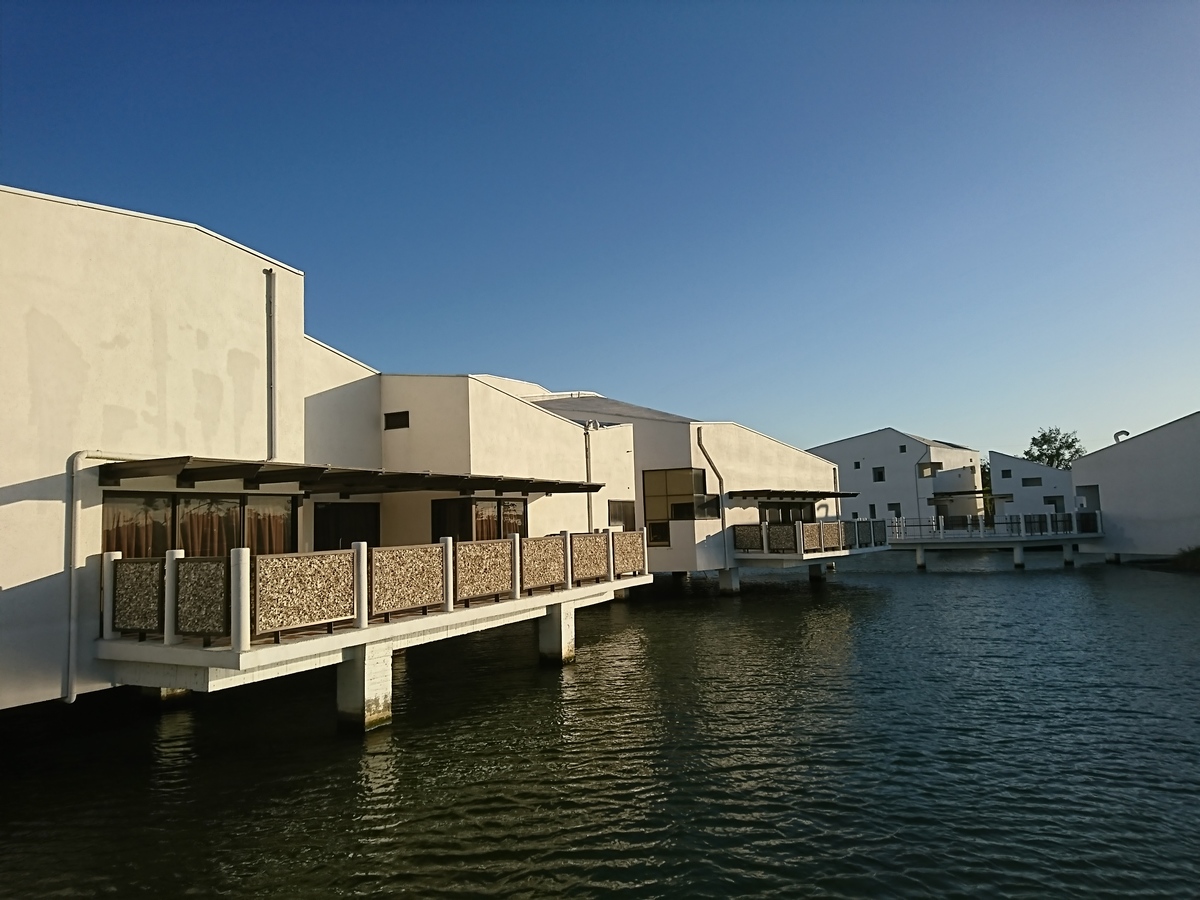
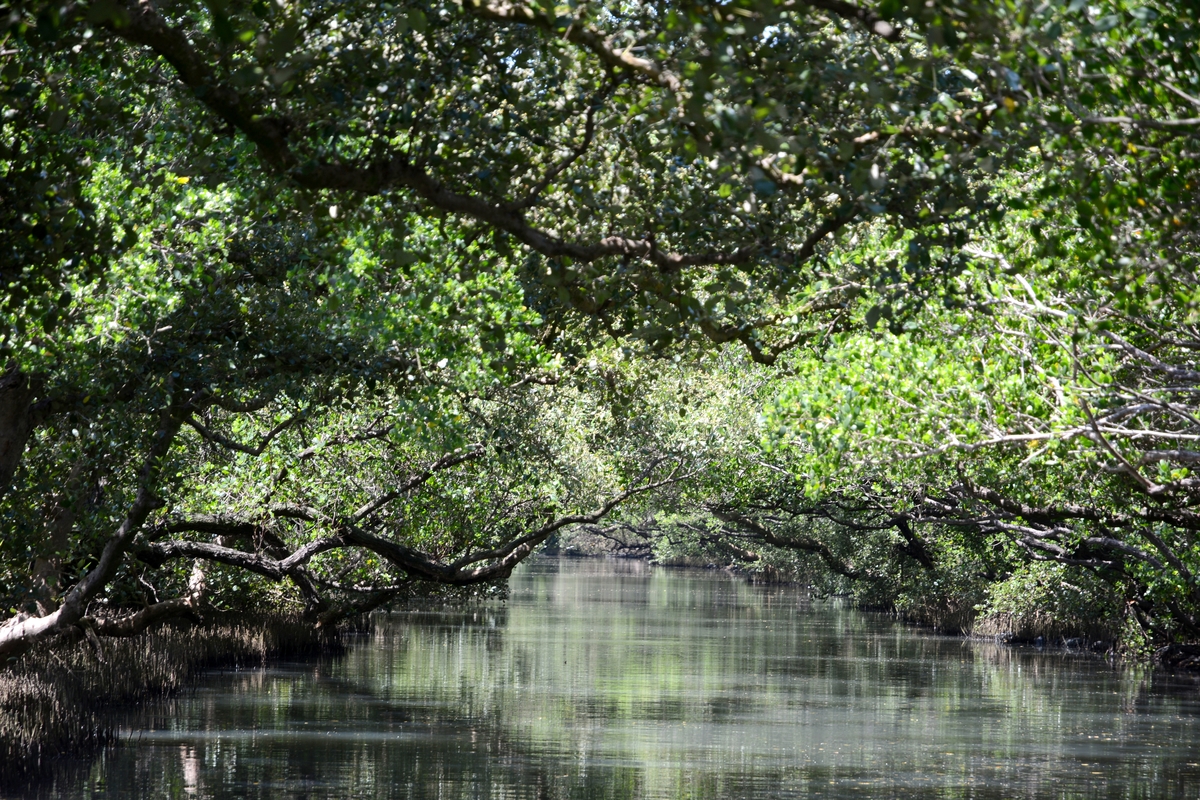

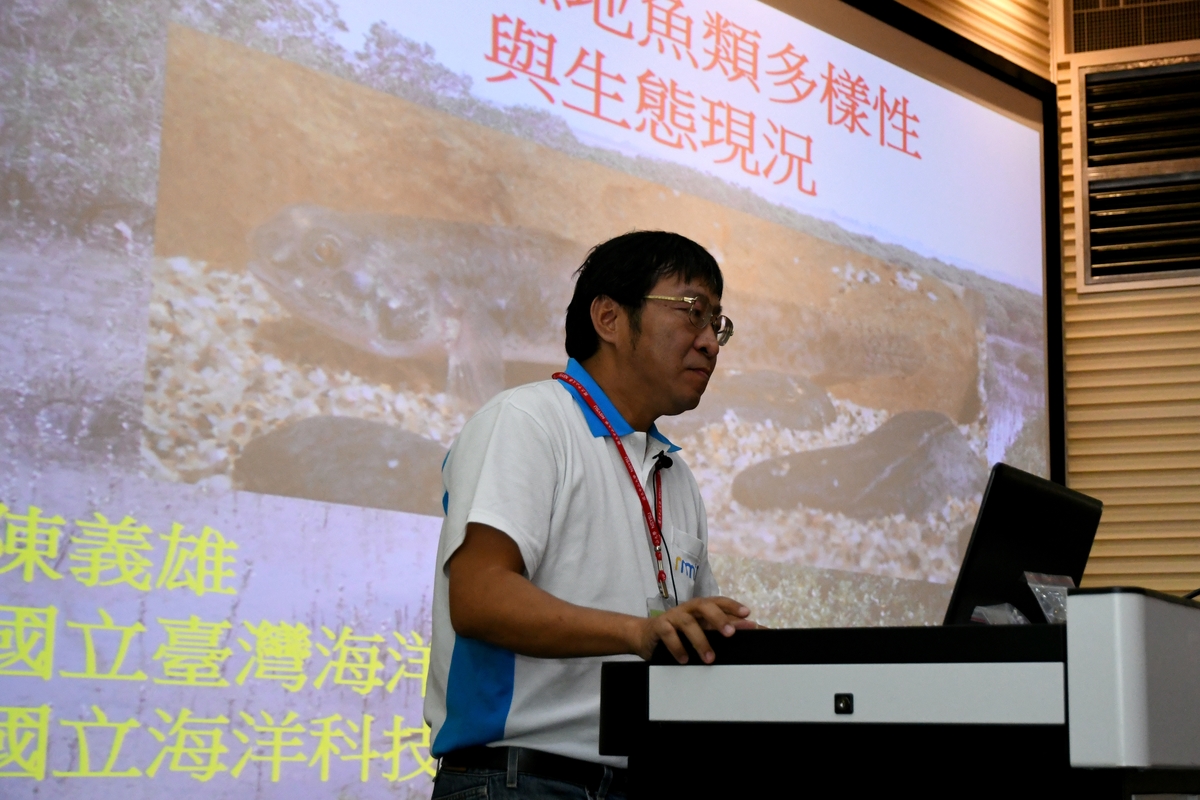
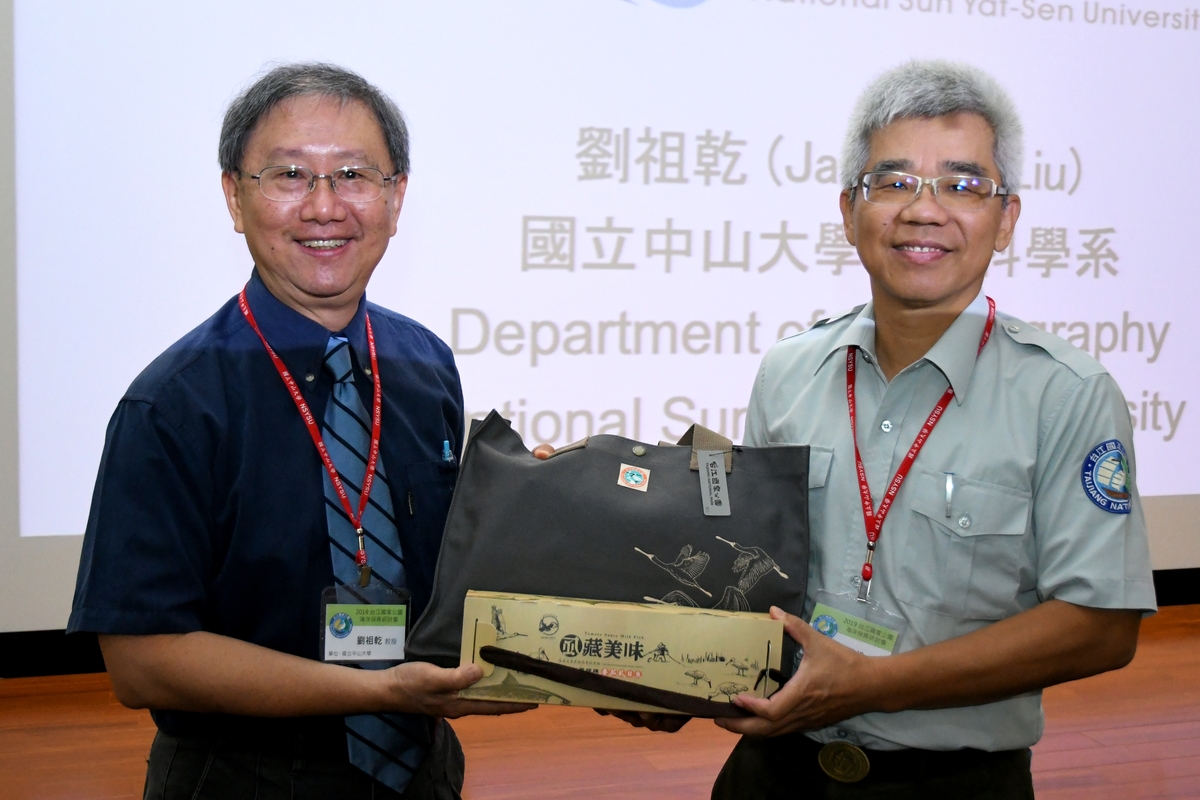
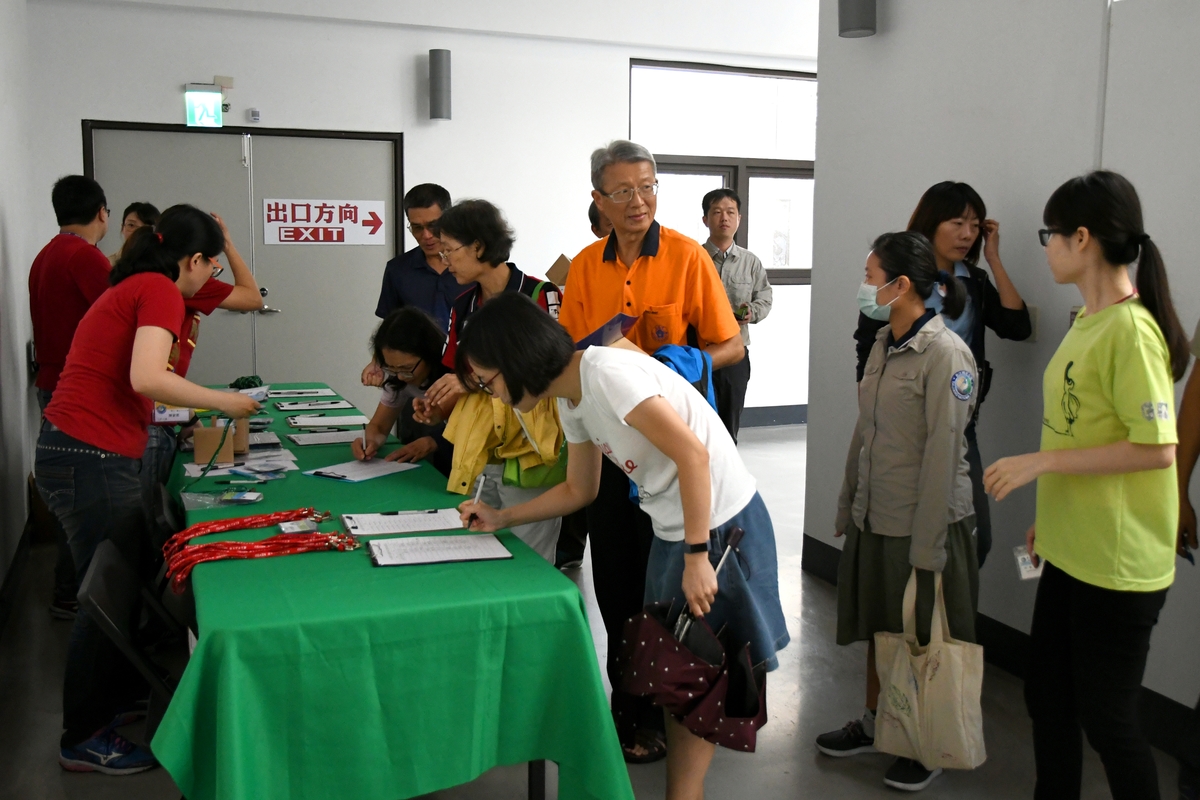
Taijiang National Park is the first national wetland park in Taiwan. Every Taiwanese will associate it with wetlands and black-faced spoonbill, but not many people know that nearly 90% of the surface of Taijiang Park is covered by waters. Chairperson of the Department of Oceanography of NSYSU Professor Meng-Hsien Chen and Distinguished Professor James T. Liu gave speeches during the Conference on Taijiang National Park Conservation presenting the results of their research. Besides promoting knowledge on the complicated topographic landscape of the Park, comprising lagoons, sandbanks, wetlands and tidal creeks, they provided the first key baseline information on the marine ecosystem of Taijiang National Park since it was established in 2009, for various organizations to assess changes in the marine environment, hoping to strengthen the dialogue between the industry and academia and draw up policies for sustainable development of Taijiang National Park.
Taijiang is located in the coastal area on the west side of Tainan City. Earlier, it was an inland sea with a big lagoon; however, as Zengwen River changed its course a few hundred years ago, land started to form through accumulation. Ocean, lagoon, sandbars and wetland interconnected to form the unique Taijiang geological environment.
In 2016, Taijiang National Park entrusted Professor Chen to form a research team and conduct a four-year study on the marine biodiversity and resources survey of the marine ecosystem to set up a conservation action plan for the future of Taijiang National Park. The research team recorded and compiled documentation on fish, shrimps, crabs and cephalopods The waters of the Park are a junction of oceanic currents from its north and south: from the north, the China Coastal Current flowing from the East China Sea and from the south, the surface current of the South China Sea and the Kuroshio Current coming from the Equator. Although the waters of Taijiang National Park account for 0.96% of the territorial waters, occurrence of 20% of the above-mentioned marine organisms of Taiwan have been recorded in the Park area. Thus, it is a hot spot of marine biodiversity, gathering the different species of marine organisms from its north and south.
Professor Meng-Hsien Chen and her research team, on the deck of Ocean Researcher III, conducted research on water quality and hydrology, phytoplankton and zooplankton, fish larvae, benthic organisms and sediment quality in the waters of Taijiang National Park. The research recorded 73 species of fish, 28 species of shrimps, and 37 species of crabs in this area. The assemblages of the marine organisms inhabit the Chiku coastal area and Pescadores Channel differently. Conducting a detailed comparison, it was discovered that in the past 10 years a great change occurred in the population of different species of fish, shrimps and crabs of the Chiku coastal area. As for the dominant species of fish, the population of Tarphops oligolepis and Trachinocephalus myops has decreased, while the number of Ostorhinchus fasciatus and Liachirus melanospilos (also called ‘flatfish’) has considerably risen.
In addition, Parapenaeopsis sinica has replaced P. cornutus and P. hardwickii as the dominant species of shrimps. Portunus sanguinolentus has become the dominant species of crabs, replacing Monomia argentatus. Professor Chen speculates that these shifts might be related to climate change – temperature rise, increased precipitation and alterations in the size of the grains of sediment are greatly related to global warming.
Distinguished Professor James T. Liu from the Department of Oceanography at NSYSU explained the evolution of the sandbank – lagoon system and other topographic forms with global changes. He pointed out that, in terms of geology and habitat diversity, the sandbank – lagoon system is a coastal landform formed by waves and tides. The changes in the long evolution of this type of system were mostly conditioned by the speed of the changes in the global sea level and the supply of sediment. If the global sea level rises faster than the supply of sediment, there is a threat of the system disappearing as a result of erosion and scouring of the sandbank. Conversely, the lagoon would be filled by accumulation, become shallow and eventually disappear.
“With the sea level rising, globally, sandbank – lagoon systems are very vulnerable and, to various degrees, face the threat of disappearing”, said Professor Liu. Dingtouer Sand barrier – Chiku Lagoon is no exception. In the past, for a long period of time, the Dingtone Sandbar drifted towards the land, and in the nearest future, it will be affected by erosion and scouring of waves, lowering its height and narrowing its width. As a result, sediments of the open sea and the sandbank enter and flatten the Chiku Lagoon, reducing its volume and the tidal prism, and destabilizing the tidal inlet. With the global sea level rising and extreme climate phenomena taking place, the Dingtouer Sand barrier – Chiku Lagoon system will be greatly destabilized, which will be disadvantageous to the sustainability of the development of the biodiversity and habitat niche.
Note
Taijiang National Park was established in 2009; it has the most diverse marine ecosystem among all nine national parks in Taiwan. Its foundation was much different from that of all other parks in Taiwan, which were established by the initiative of the government. For Taijiang, it was the residents and the local government who concentrated their efforts, passed the reviews of each tier, and led to the foundation of a specialized management unit by the central government – Taijiang National Park Management Office. The factor that catalyzed the establishment of Taijiang National Park is the fact that the area under its jurisdiction is an important habitat of the black-faced spoonbill – a species protected globally. In the early period of its establishment, the Office concentrated mostly on research of the wetlands of the Park, not in its other areas. In 2016, Taijiang National Park entrusted Professor Meng-Hsien Chen with the task of forming a research team and conducting a four-year study on the marine ecosystem of the Park and on the conservation of its diversity.
